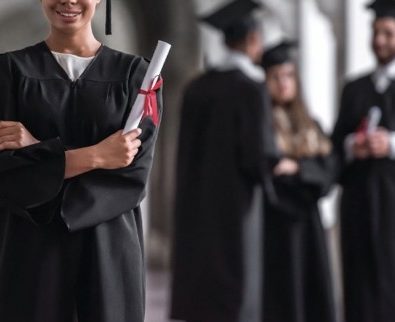There is a lot of diversity in the world, with a lot of human differences existing in areas such as religion, culture, ethnicity, race, language, gender, sexual orientation, socioeconomic status, and even learning styles. Anti-bias education creates a future community that supports the diversity of the human race, by addressing issues like bias and racism from an early stage. It is the duty of the teacher to imbibe anti-bias strategies in the daily activities of the classroom. Below are five teaching strategies to create an anti-bias classroom.
Five Anti-Bias Strategies For The Classroom
- Promote Activities That Allow Students To Celebrate Their Identity: Creating activities that enable students to share and celebrate their identities goes a long way in eradicating bias in the classroom. It could be in form of a day set aside for the celebration of culture. A cultural day that will see all students come to school in their native attires. It could also take the form of class discussions when students talk about things like their favorite native meal and how it is made. It could also involve singing cultural songs in their language. These activities will help students to become proud of their identity.
- Tell Stories of Social Justice Movements: One method of learning that works every time for kids, is by reading or telling stories aloud. Telling stories of different social justice fighters will educate children on the dangers of issues like segregation, racism, and discrimination. It will also help them to understand the importance of speaking up, in the bid to end bias. The stories of people like Martin Luther King Jr. And Congressman John Lewis are great examples for young students to learn from. It is important to tell these stories in a way that they can enjoy while understanding the message.
- Use Role-Plays To Address Microaggressions: Bias is often time a learned behavior, which children pick up from the society in form of microaggression. As a teacher, you play a very important role in helping to prevent these microaggressions. One method that you can use to prevent such occurrence is the use of role-plays. You can make use of dolls or photo cards for this purpose. Simply play out a microaggression that involves instances of bias, while giving a suitable response to it. This way, you get to prepare your students for these situations, while equipping them with a valid response.
- Use Their Words To Start Discussions: Another way to deal with microaggressions is to start discussions in class, using the words of your students. As mentioned earlier, they pick up a lot from society, so you might hear them saying things that might be a little out of place. In such situations, it is important that you do not make them feel bad, rather educate them on the dangers of bias.
- Create An Environment Where They Can Speak Up: Creating an environment in which students are allowed to speak up about bias, will help their self-expression.
Conclusion
An anti-bias classroom is important for the development of your children into an upright individuals with high moral standards. For the best anti-bias education, enroll your kid in a Croydon early learning centre.



